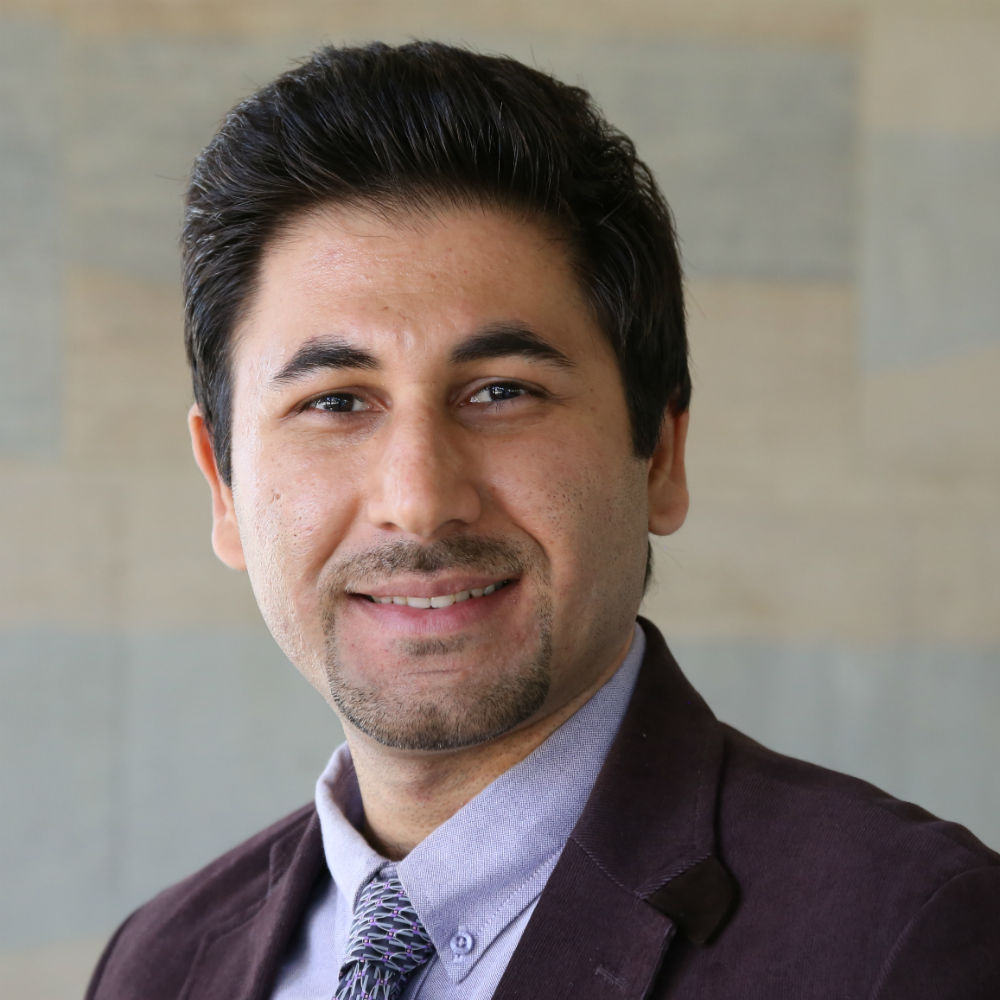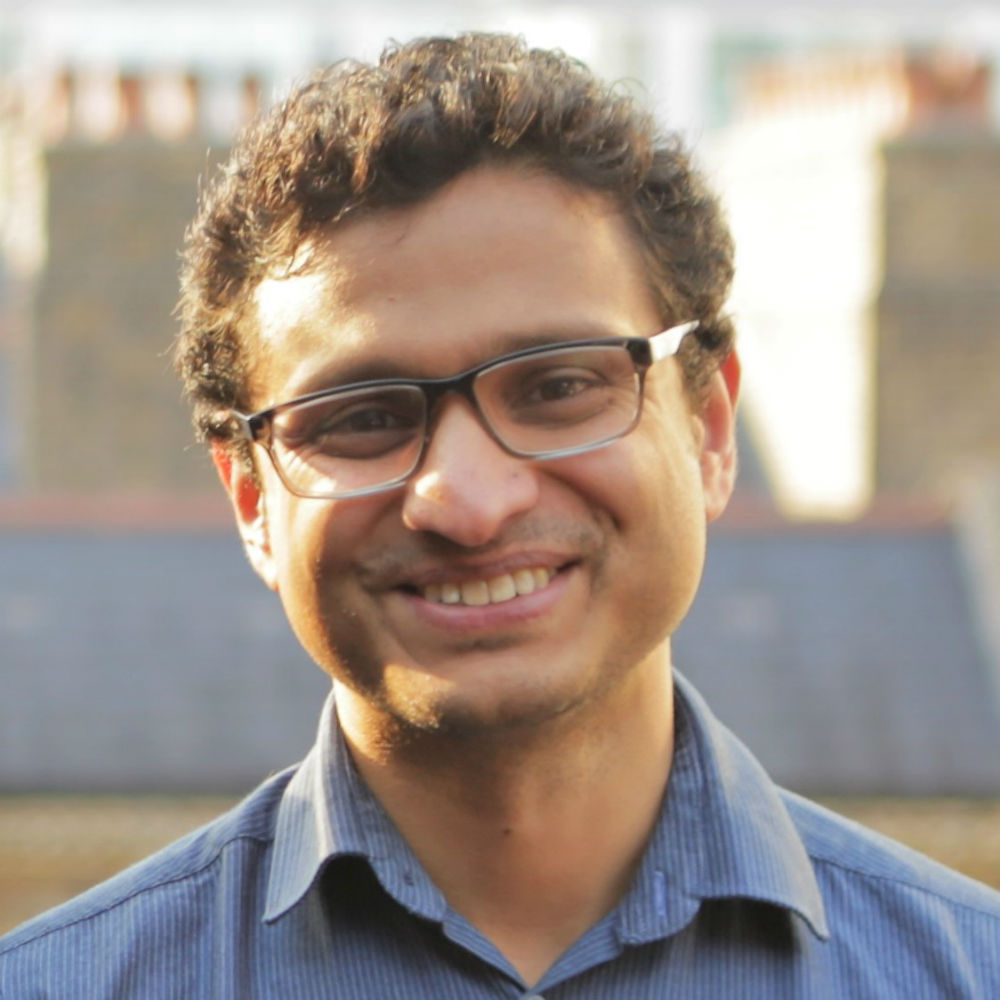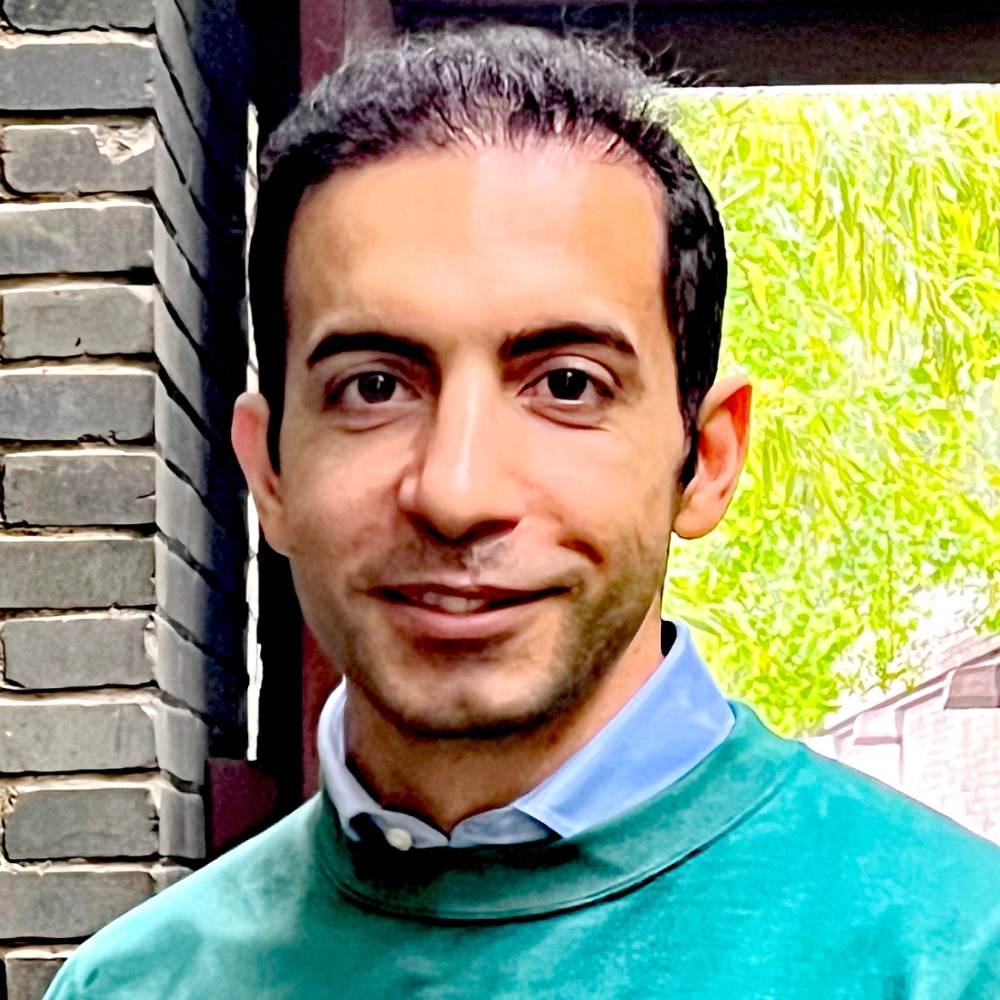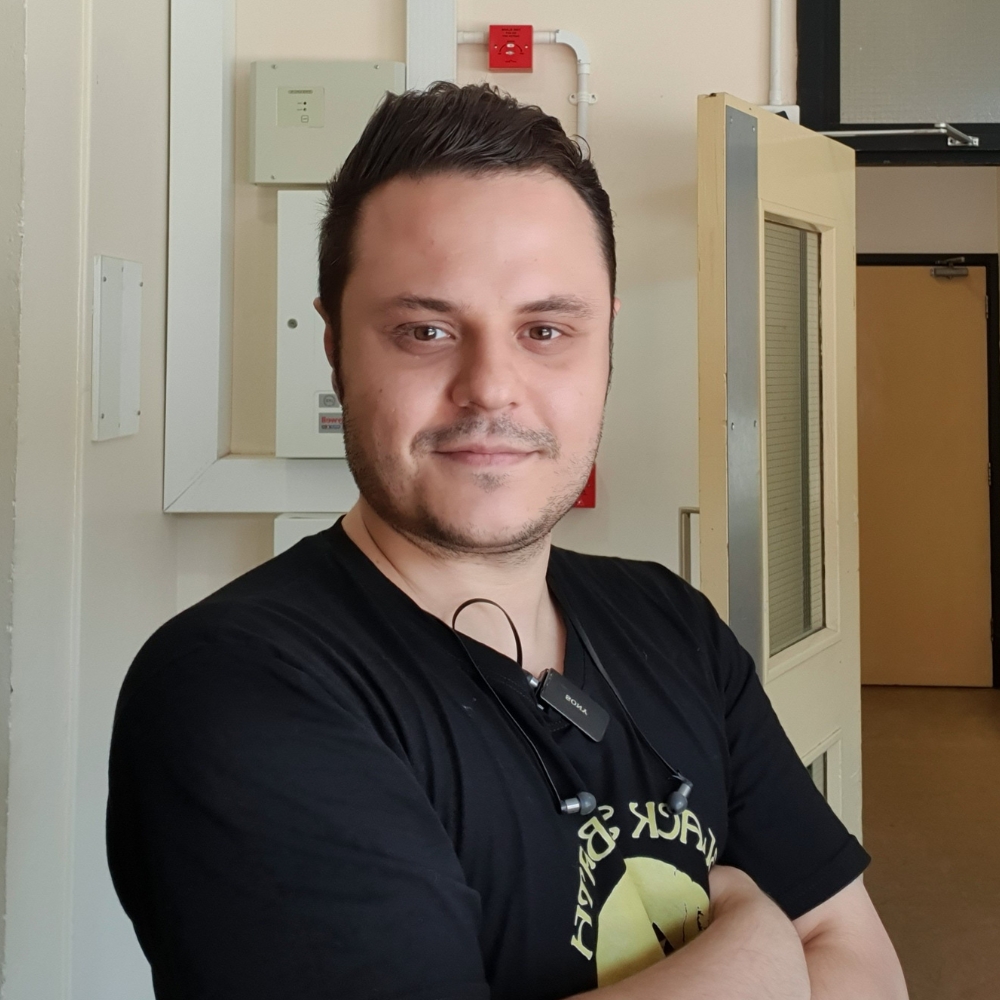Our research
Our research looks at some of the potential applications and issues surrounding IoE.
Internet of mobile things
The Internet of Mobile Things focuses specifically on mobile data-collecting technology, such as smart phones, unmanned aerial vehicles, and robots. A collection of mobile things can form an ad-hoc mobile wireless network and provides the required services without any backbone network. Such networks can cover a wider area while devices connected to the network collaborate with each other to carry out complex missions.
While the Internet of Mobile Things can be very useful, it also comes with its own set of unique challenges. Energy use is a particular concern, smart phones for example can use up most of their battery charge in less than 24 hours if a lot of apps are left to run. Connectivity is another issue, while many IoT devices are connected to WiFi, mobile devices are more dependent on a 4G or 5G network, making them unreliable in remote or rural areas.
Our research focuses on developing novel techniques to manage and optimise the operations of these devices, reducing the scope for problems with connectivity and battery life.
Internet of medical things
Public health is increasingly becoming more complex, with people living longer with more complex and long-term health conditions such as diabetes, heart disease, and asthma. However the number of health professionals is stalling, causing problems in remote areas and impoverished countries.
The Internet of Medical Things may be one way to plug the gap, by using wireless sensors and devices to transmit data from patients back to healthcare providers, and utilising artificial intelligence to analyse this data and remotely monitor the health of the patient.
In addition, mmWave-based human sensing techniques can capture real-time human-related activity information. These techniques enable gesture and sound recognition, allowing for natural interactions with smart devices. For instance, mmWave radar can capture people's commands through activity recognition, gesture recognition, and sound recognition. This technology is not just limited to conventional uses; it also aids the Deaf and Hard of Hearing (DHH) community. Systems like mmASL provide home assistant services that can recognise American Sign Language (ASL) using a single mmWave radar. Moreover, mmWave-based human sensing can enhance security measures in smart homes by accurately detecting intruders based on their location, gait, or voiceprint.
In healthcare, mmWave devices offer continuous, non-intrusive monitoring of a user's physical state, providing daily health monitoring and timely anomaly detection. These devices are particularly useful for real-time monitoring of patients with chronic diseases, offering vital sensing capabilities like heart rate, breathing rate, and blood pressure changes. Specialised systems like Movi-Fi enable motion-robust vital signs monitoring, even under severe body movements.
Energy harvesting wireless sensor networks
Wireless sensor networks can cover huge areas and have multiple potential applications, from security and environmental monitoring through to health care and logistics. Sensor nodes can be placed in terrain that is otherwise difficult to monitor or inhabit (such as underwater or in deserts), giving us access to data that would otherwise be virtually impossible to collect.
However wireless sensor nodes, which collect the information and transmit it back, are dependent on batteries. In many areas the sensors cannot be connected to an energy source (for example plugged in to an electrical socket), so their lifespan is limited by the amount of initial charge the battery can hold.
The creation of energy-harvesting sensors can significantly increase the lifespan of wireless sensors and their networks. These sensors can utilise renewable energy sources such as solar energy to recharge their batteries, potentially increasing their working lifespan by years or even decades.
Our research focuses on problems around energy harvesting wireless sensor networks, including what to do if the energy harvested is less than expected (for example bad weather reducing the amount of sunlight available for solar-powered sensors).
Internet of autonomous vehicles
Vehicles already contain a number of sensors and can integrate with various devices, from onboard sensors that detect engine efficiency, speed, and the distance between you and the car in front, to integration with smart phones through Bluetooth, and built-in Satnavs.
The Internet of Autonomous Vehicles will increase the type and amount of data that can be gathered by vehicles and increase the applications of that data. For example a network of connected autonomous vehicles can gather data on traffic delays several miles away, assess the impact of the delay on journey time, and decide on an alternative route.
But there are significant issues and risks around connected autonomous vehicles, including reliable and secure communications (between different types of vehicles and between vehicles and other devices), and management of autonomous vehicles. Our research looks at novel techniques to manage and optimise the real-time operations of both vehicles and networks in ever-changing, uncertain real-world scenarios.













